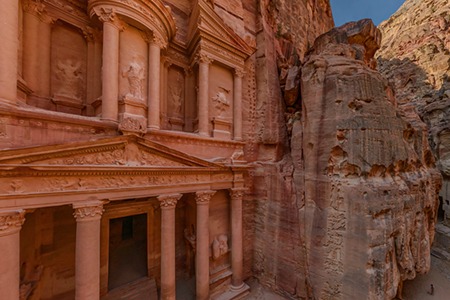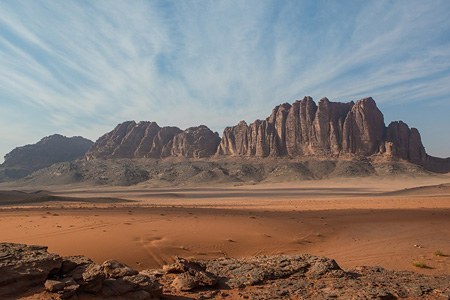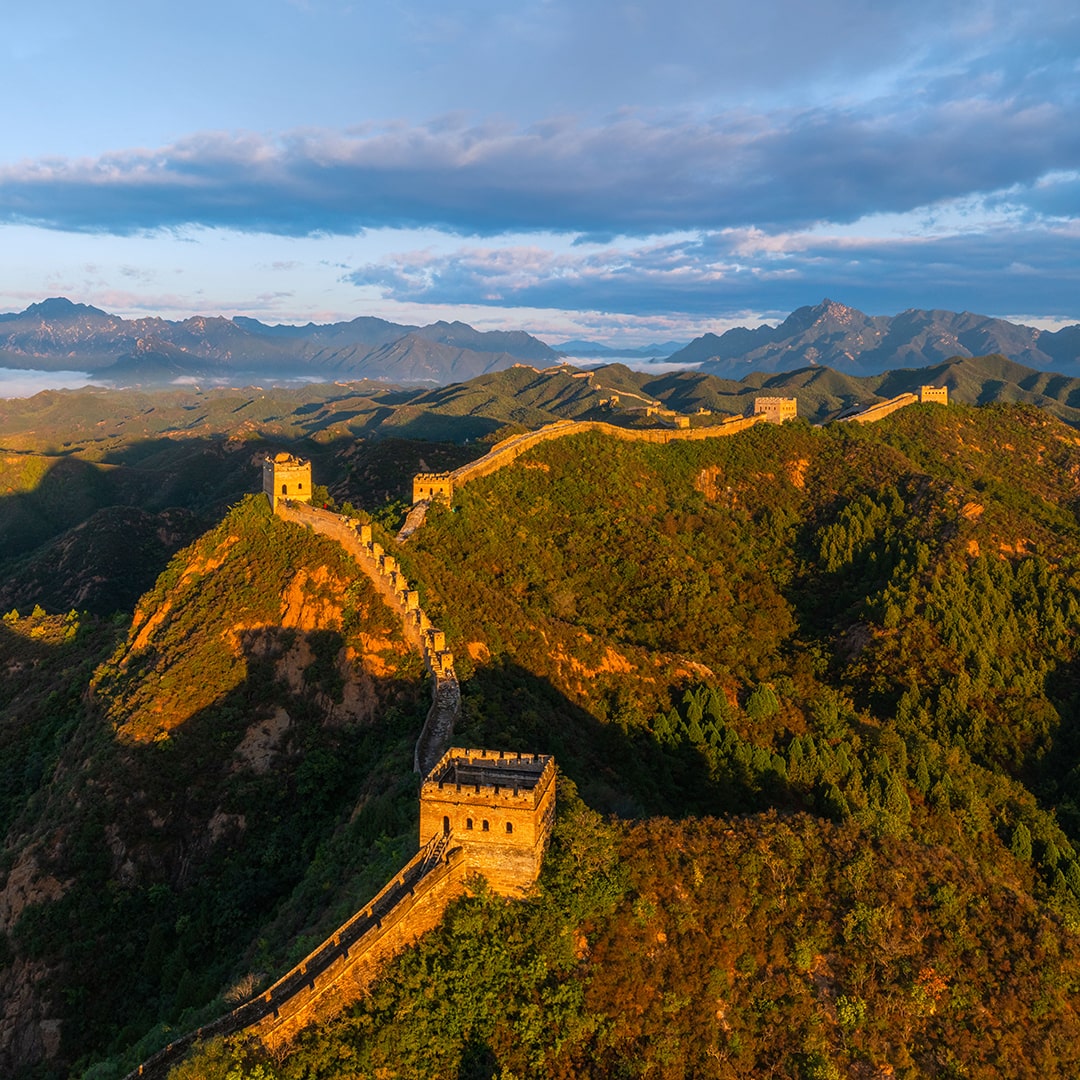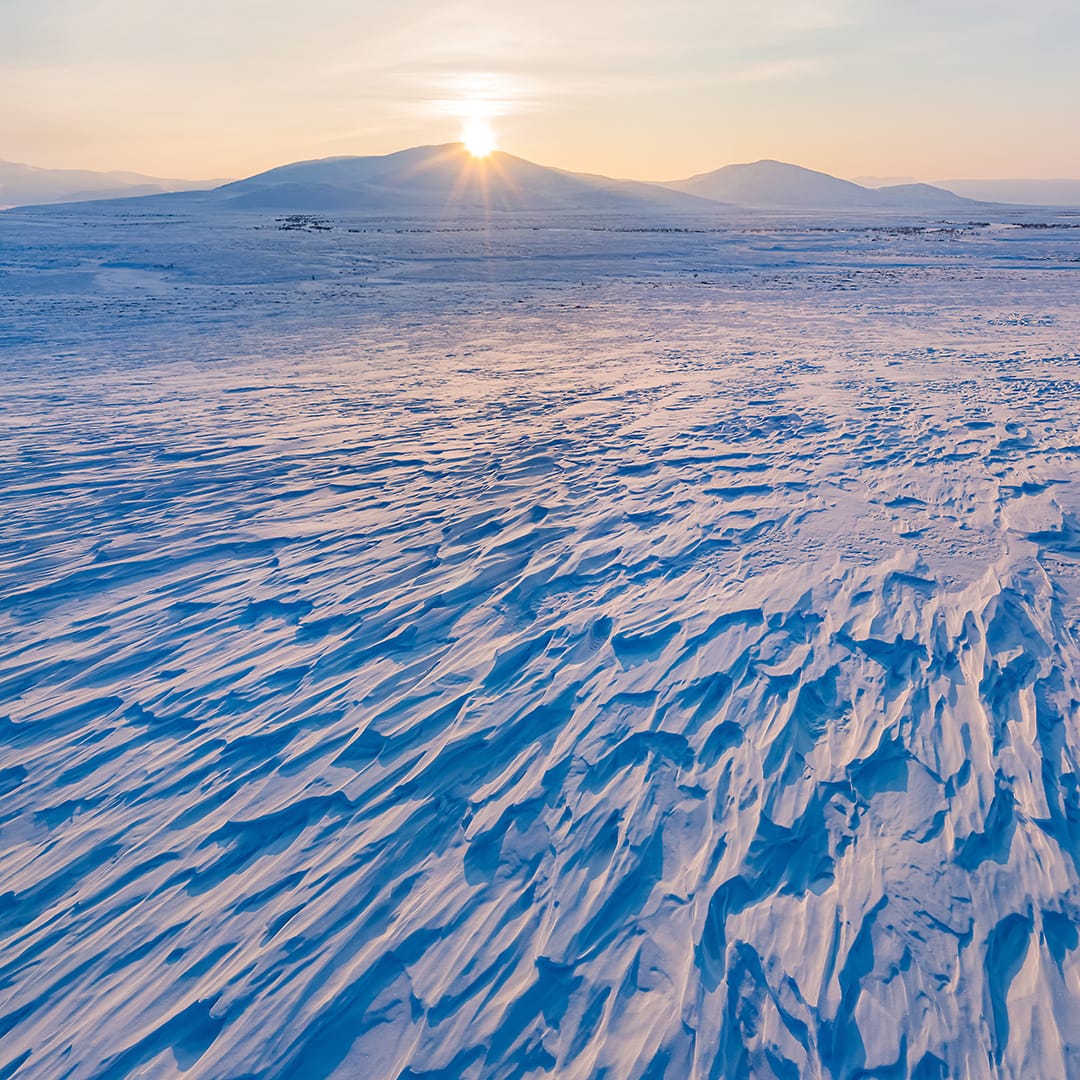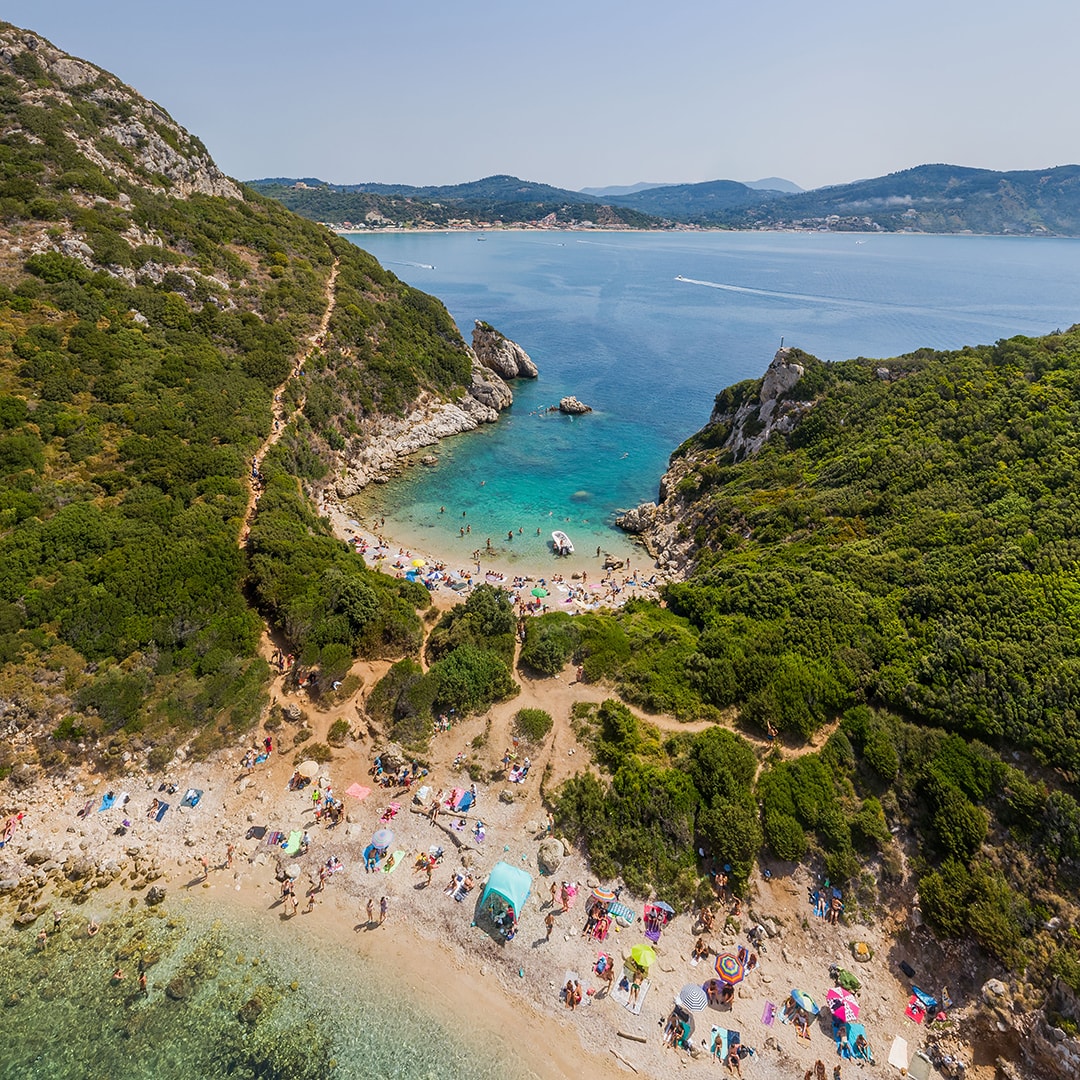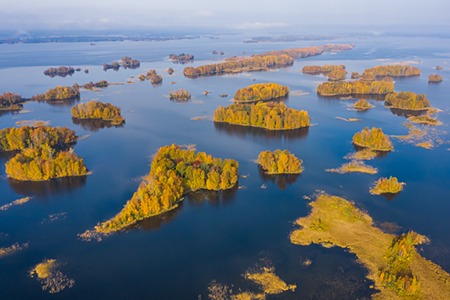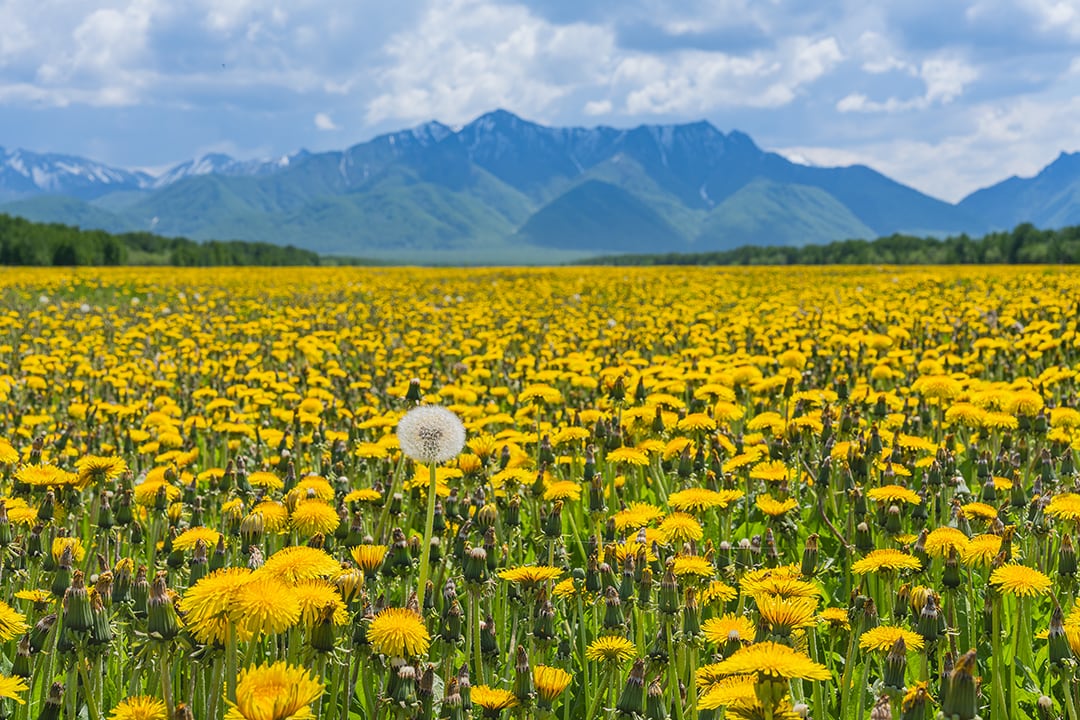The past appearance of the Syrian Palmyra
One of the most ancient and legendary cities of humankind is lying 215 kilometres north-east of the Syrian capital, Damascus. Its name is Palmyra. According to the legend it was founded by the Biblical king Solomon in the 10th century BC. Since then it was occasionally destroyed and restored again. By the 12th century people had practically left this place and no longer lived there, and only a small village was still standing in the midst of the remnants of the great historical constructions.

Palmyra was revealed to the western world in the 18th century when the ruins were explored by the members of the British expedition. In the beginning of the 20th century French and German scientists initiated archaeological excavations which lasted until recently and constantly brought new discoveries.

Stretching for several kilometres this archaeological complex is one of the most appreciated historical sites of humanity. Along the main street there were the colonnade and monumental arches. The most notable structures are the Temple of Bel (the 1st century AD), the Temple of Baalshamin (the 2nd century AD), the Agora (the 1st century AD), the theatre with a community centre and a caravanserai. Many objects were considered to be the best examples of the Ancient Roman architecture and listed as UNESCO World Heritages Sites.

Unfortunately, following military actions that took place in the 21st century on the territory of Syria, Palmyra was almost destroyed and wiped off the face of the earth. In May 2015 members of the terrorist organisation "The Islamic State of Iraq and the Levant" (ISIL, the organisation banned on the territory of Russia) took control over the historical part of Palmyra intending to ravage and demolish the city. In almost a year the Syrian Army with the assistance of the Russian Aerospace Defence Forces freed the ancient city and the restoration of its monuments began. As early as in May 2016, St Petersburg's symphony orchestra of the Mariinsky Theatre under the guidance of Valery Gergiev performed at the Roman amphitheatre of Palmyra as a symbol of peace and culture.

But the city was still within ISIL's sphere of interest and in January 2017, following the second occupation of Palmyra, the central part of the Roman amphitheatre was destroyed. Although on March 2, 2017 the Syrian Army succeeded again in recapturing Palmyra the precious monument was irretrievably lost.

AirPano reveals unique panoramas showing the part of the monument no longer existing: the central part of the Roman theatre (proscenium) and the columns of the Tetrapylon — a monument of cubic shape built in 270 AD. The panoramas were created soon after the first recapturing of Palmyra and the legendary concert of the Russian musicians.
13 March 2017
Read more
Photogallery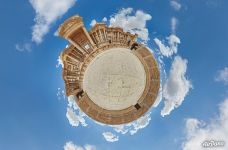 Roman Theatre. Planet
Roman Theatre. Planet
 Ruins of Ancient city
Ruins of Ancient city
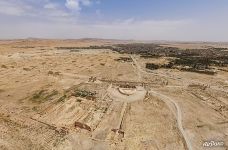 Bird's eye view of Roman Theatre
Bird's eye view of Roman Theatre
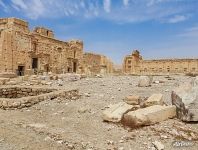 Ruins of Ancient city
Ruins of Ancient city
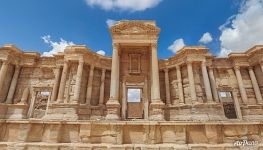 Roman Theatre
Roman Theatre
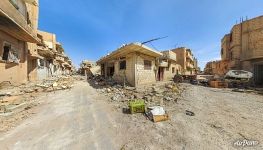 In Tadmor
In Tadmor
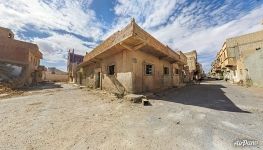 Streets of Tadmor
Streets of Tadmor
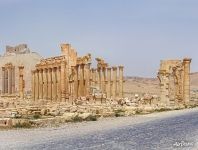 Ruins of Palmyra
Ruins of Palmyra
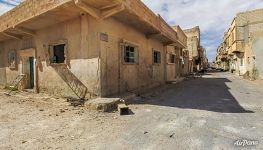 Tadmor
Tadmor
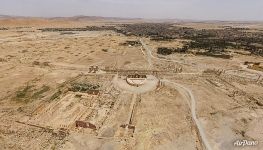 Agora and Roman Theatre
Agora and Roman Theatre
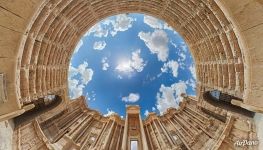 Roman Theatre
Roman Theatre
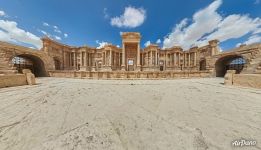 Roman Theatre
Roman Theatre




